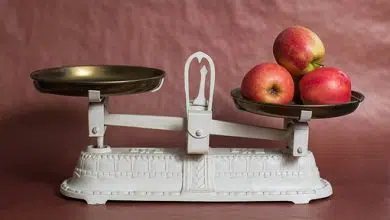The economic order formula answers rather acceptably the quantity problem of inventory control. However, the time to order question is just as vital. The problem of when to order is controlled largely by three factors:
- time needed for delivery,
- rate of inventory usage, and
- safety stock.
Unlike the generally accepted solution to the EOQ (economic order quantity), the order point has no generally applicable and acceptable answer. Determining the order point would be somewhat easy if lead time between placing an order and having materials on the factory floor ready for production and the usage pattern for a given item were definitely predictable. For most stock items there is a disparity in either or both of these factors which almost always causes one of three results:
- if lead time or usage is below expectation during an order period, the new materials will enter before the existing stock is consumed, thereby adding to the cost of carrying inventory;
- if lead time or usage is greater than expected, a stock-out will happen with the resultant incurrence of costs associated with not carrying enough inventory;
- if average lead time and figures are used to determine an order point, a stock-out could be expected on every other order.
Forecasting materials usage needs the spending of time and money. In materials management, forecasts are an expense as well as a help to balancing the cost to acquire and the cost to carry inventory. As because perfect forecasts are rarely happened, an inventory cushion or safety stock is often the least costly device for protecting against a stock-out. The central difficulty is to determine the safety stock quantity.
If the safety stock is greater than required, carrying costs will be too high; if too small, repeated stock-outs will occur resulting in inconveniences, disruptions, and additional costs. The optimum safety stock is that quantity which results in minimal total annual cost of stock-outs and carrying costs. Carrying costs are determined in the same manner as in calculating EOQ [economic order quantity].




